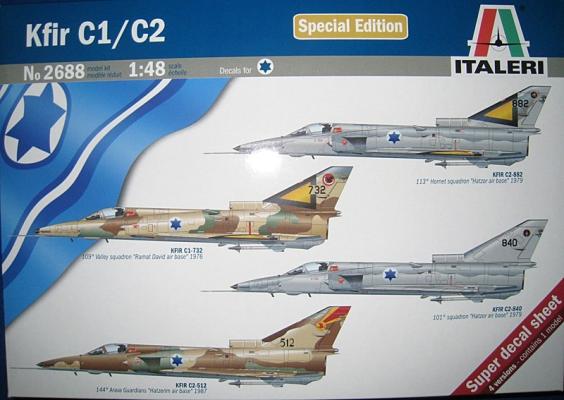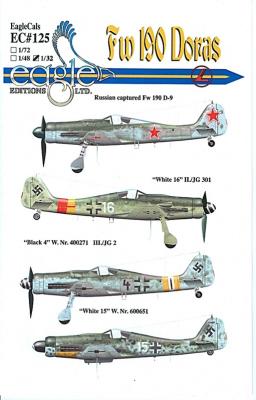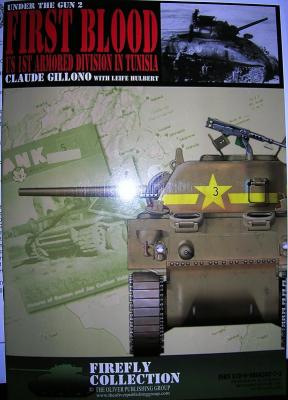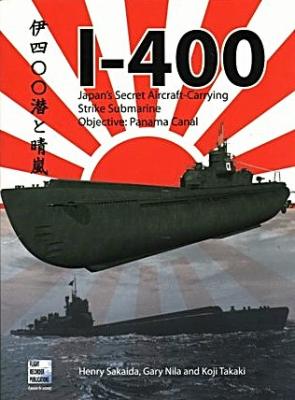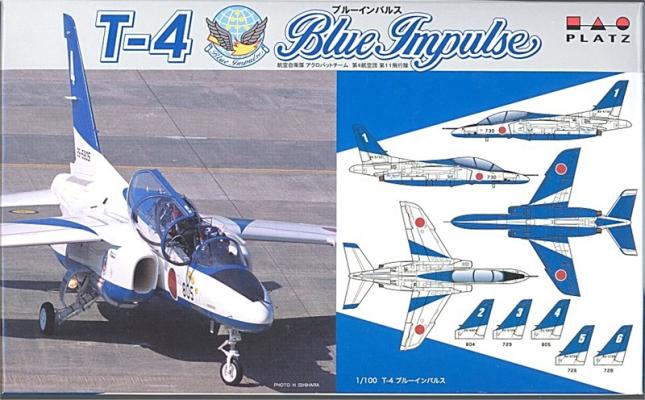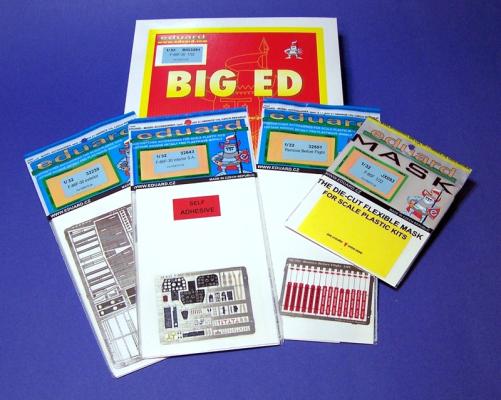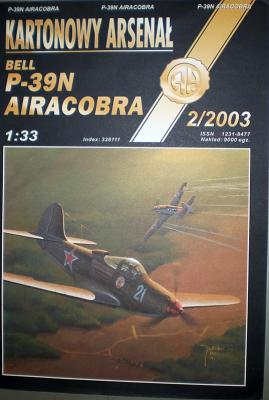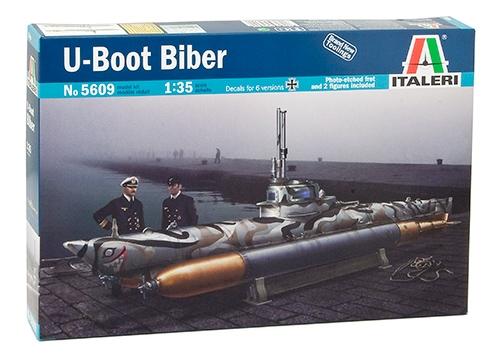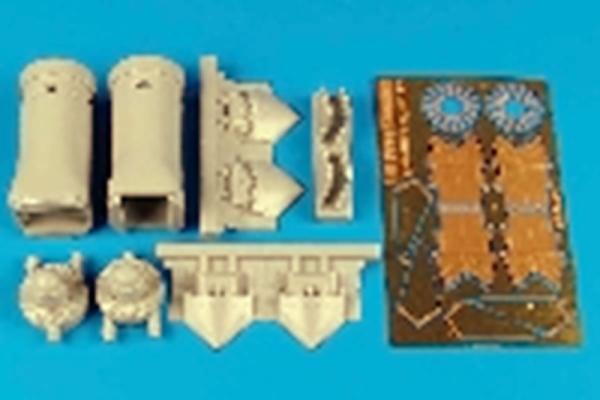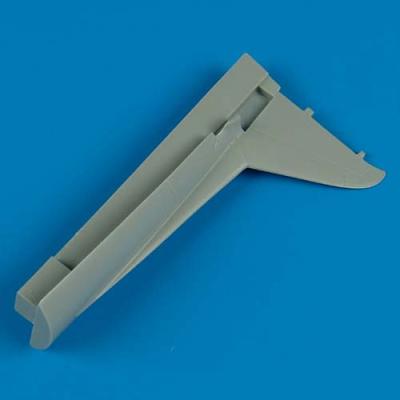Whenever Italeri announced they were releasing a 1/48 model of the Israeli C1/C2 Kfir, I really got excited. I thought that my prayers had finally been answered for getting a good 1/48 Kfir kit. But then I started thinking. Italeri has been famous over the last few years of rereleasing the old ESCI and other kits with a beautiful box and a great decal sheet.
What's New
Editor: Features the Russian captured D-9, "White 16" II./JG 301, "Black 4" W. Nr. 400271 III./JG 2 and "White 15" W. Nr. 600651
Just when you thought you had seen every marking scheme for Fw 190D9’s, Jerry Crandall comes out with a new book on the Dora and decals for newly discovered aircraft.
This sheet contains markings for four different aircraft, one of which was a captured aircraft used by the Russians The other three bear non-standard colors and markings, which was not at all unusual during the late stages of the Spring of 1945, right at the end of the war.
These decals are in keeping with the usual high quality research of Eagle Editions and are perfectly in register, as printed by Cartograf of Italy.
By the way, if you want some good reading and an excellent reference to add to your reference collection, get FW 190 Dora Volume Two, published by Eagle Editions, Ltd. It will give you even more info on these four aircraft.
On 14 & 15 February 1943 elements of the US 1st Armored Division was severely handled in a serious of engagements by elements of the Fifth Panzer Armee and of Rommel’s Panzer Armee Africa. This publication covers the results of these first encounters.
The publication, published in A4 soft cover format, is primarily a photographic collection of pictures captured from the German archives. The photos were taken while many of the subjects were still burning on the battlefield. They are drawn from a collection taken by German Propaganda Companies, their equivalent of US Army Combat Camera Teams. Although the photos consist of destroyed US tanks and tank destroyers, no dead bodies appear in any of the pictures.
I missed out on this book when it was originally published as a hardback a few years ago. Fortunately it has been re-issued as a softbound book. The book is the definitive volume on this submarine. It was the largest submarine to serve in WWII at over 400 feet long with a crew of almost 200 and weighing over 5200 tons.
The first chapter gives us an overview of the Japanese submarine service in WWII. Chapter two covers the specifics of the I-400 class, with chapter three giving us the details and specifications on the aircraft the sub was designed to carry, the Aichi M6A “Seiran” attack-bomber. This chapter includes detailed drawings and pilot memories.
The Aircraft
The Kawasaki T-4 came out in the late 1980s as a replacement for the Lockheed T-33s and Fuji T-1s in the intermediate trainer role. One of the reasons for the T-4 appears to be that it is built in Japan from mostly Japanese sources.
The T-4 is the third aircraft flown by the JASDF’s Blue Impulse demonstration team. The first two were the F-86 and a Mitsubishi T-2.
The Kit
The box contains two sprues of bright white plastic, with a clear sprue which has enough clear parts to do two kits. This makes perfect sense when you remember that Platz 1/144 kits are “twofers”, 2 kits in one box. All parts are cleanly molded with no flash. As I did the assembly, I noted that there are no warps, mold flaws or short shots anywhere. The decals are by Cartograf of Italy.
Set Contents
- 1 X 32239 Exteriors
- 1 X 32643 Interior S.A.
- 1 X 32501 Remove Before Flight
- 1 X JX093 Express Mask
History Brief
The North American F-86F-30 Sabre was America’s finest fighter during the Korean conflict. I’ve had the opportunity over the years to talk to a few F-86 pilots who also had a turn with the Mig 15. The Sabre was always their first choice. One pilot said to me comparing the F-86 to her Russian counterpart is like comparing a sports car to a pick up truck. The only problem was no one knew that back then.
The P-39 was a marvel of engineering with a mid-mounted engine and a primary gun firing through the propeller hub. Because the US Army Air Corps wanted to save money, the supercharger originally fitted to the prototype was removed. This decision almost doomed the aircraft. The US no longer wanted it for a fighter role and the British summarily dismissed it altogether. Many of the airframes went to the Soviets under a lend-lease agreement where they found their niche as ground attack aircraft and low altitude fighters. This particular kit represents one of those lend-lease aircraft.
For the uninitiated, Halinski paper models are often referred to as the “Tamiya” of paper models. They are that good. Anyone who thinks paper models cannot rival plastic needs to experience one of these before making a conclusion.
Most people are aware of the large WWII German U-boats as they appear in movies, video games and on TV very frequently. These are typically the large Type VII and Type IX boats. Many don’t realize the Germany also had a very active midget submarine effort going where one or two man subs attacked and sunk shipping.
While there are several different types, the one we are looking at is a one man sub named Biber (Beaver). There were 324 built towards the end of the war. While not very successful (they sank or damaged 9 ships versus losses of 70 subs), they do hold a spot in the history of the Kriegsmarine.
A huge “thanks!” to our friends at Aires; they continue to provide IPMS USA with plenty of review opportunities for upgrades to our favorite aircraft…!
This is a simple conversion to the Hasegawa kit parts. Included are augmenter burner cans, turbine faces with integral mounting pegs to fit the Hasegawa kit, flameholders in photoetch, and the nozzles themselves. Instructions are clear and clean on the standard blue folded sheet, showing exactly what is needed to install the parts. The nozzles, a major feature of the F-22, are intended to be shown in this case in the “open” position.
This allows one to look directly down the exhaust and view the excellent detail provided by this set.
As you can see in the composite kit provided parts photo the kit turbines are not detailed other than having the flameholders; no turbine detail is provided. The kit augmenter cans are two-sided items requiring the usual filling of a seam as would be expected in the case.
The latest addition to the Quickboost line of resin accessories is a dorsal fin conversion for the Tamiya P-47D Thunderbolt. The first P-47s had a “razorback” canopy configuration with a tall fuselage spine behind the pilot which resulted in poor visibility to the rear. The British came up with an idea to use bubble top canopies on some of their aircraft to fix this problem. The USAAF liked this change and started to implement it to their fighters which included the P-47. To fit the bubble top canopy to the P-47 they cut down the rear fuselage which was found to cause yaw instability. To fix the yaw problem they introduced a dorsal fin extension in the form of a narrow triangle running from the vertical tail plane to the radio aerial. This change was also implemented in the field on earlier bubble tops. This is where the Quickboost part comes into play.

